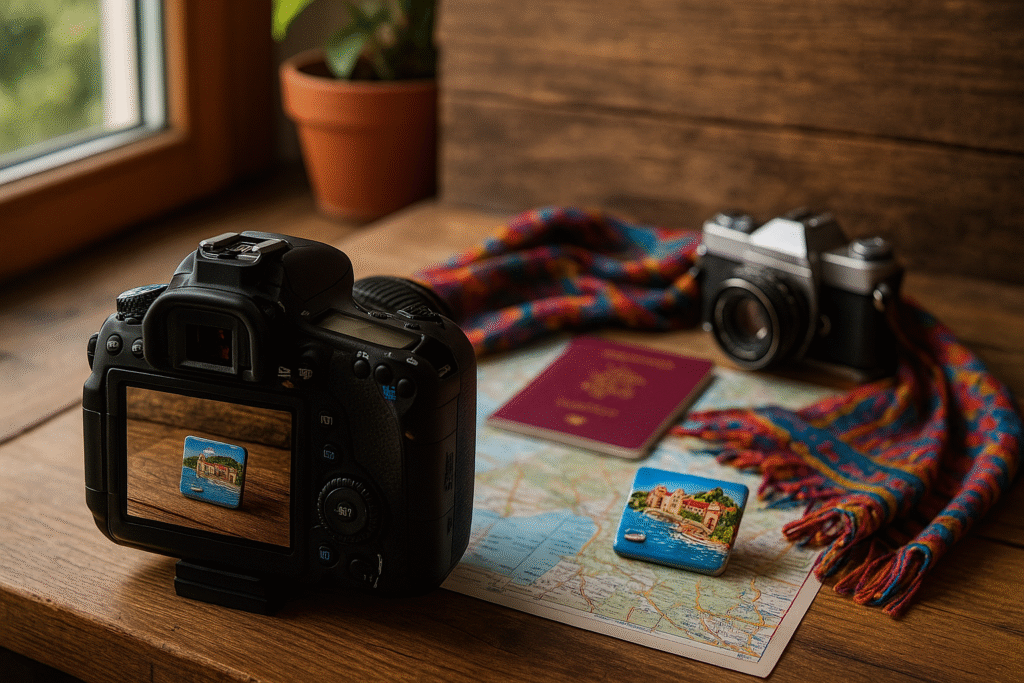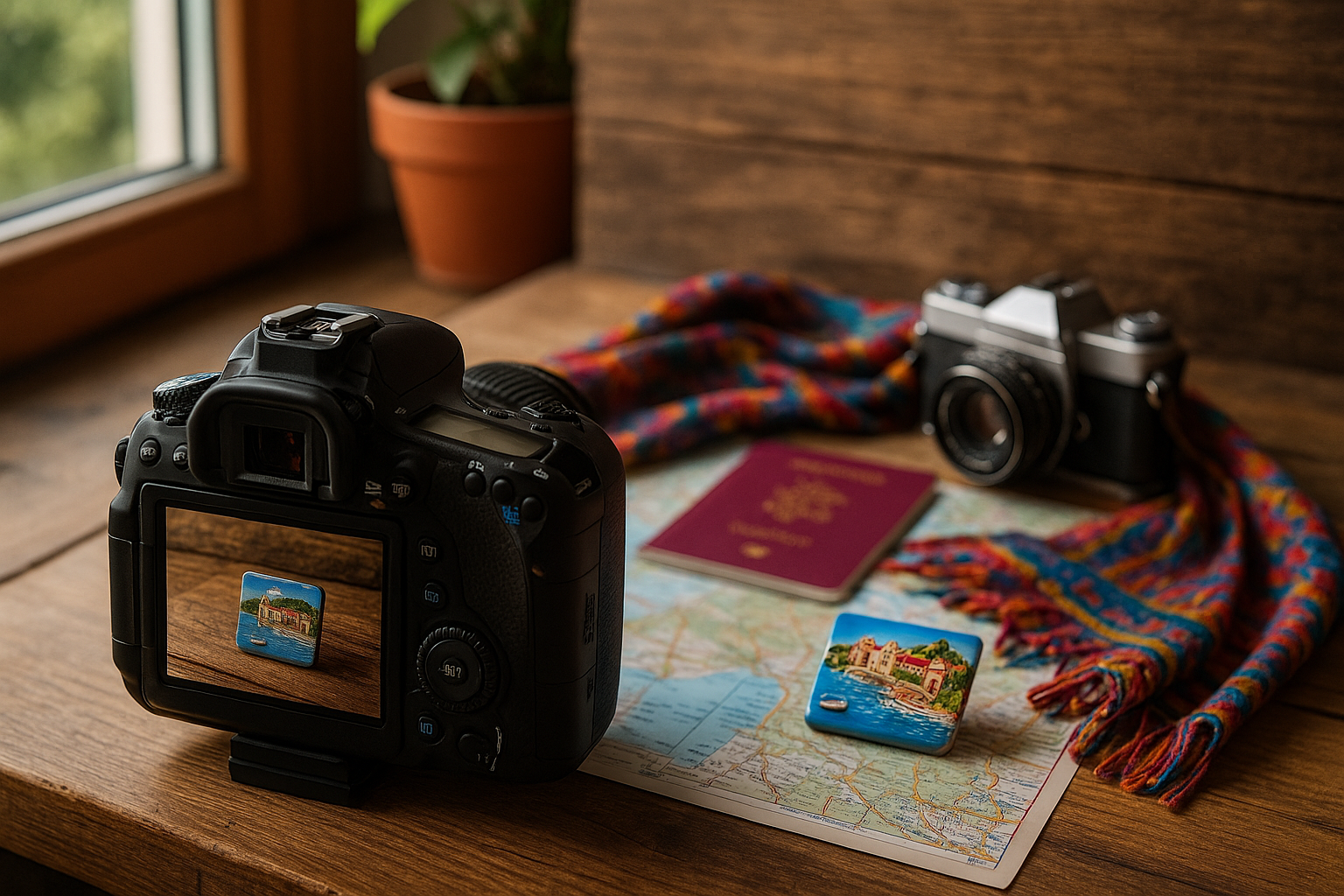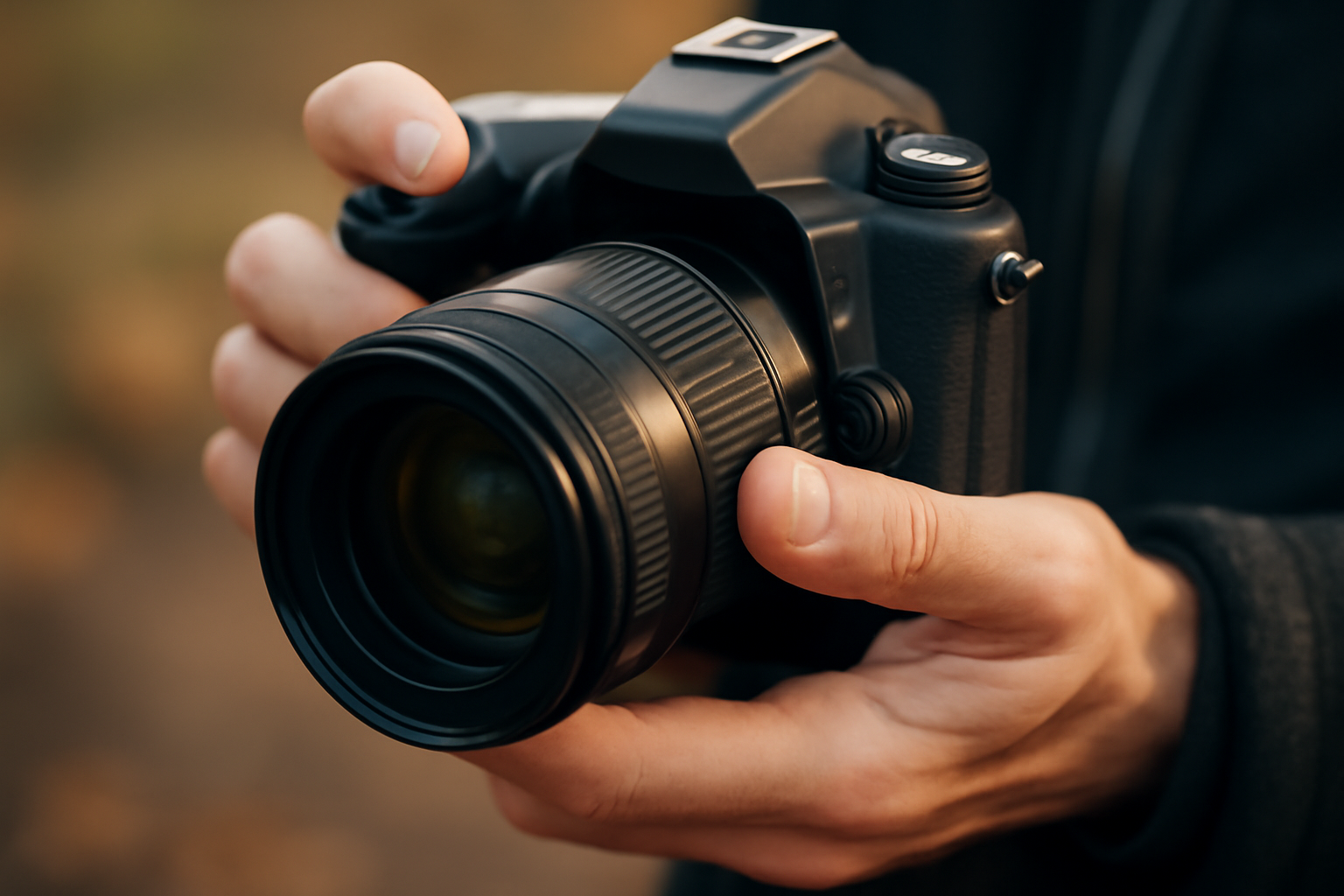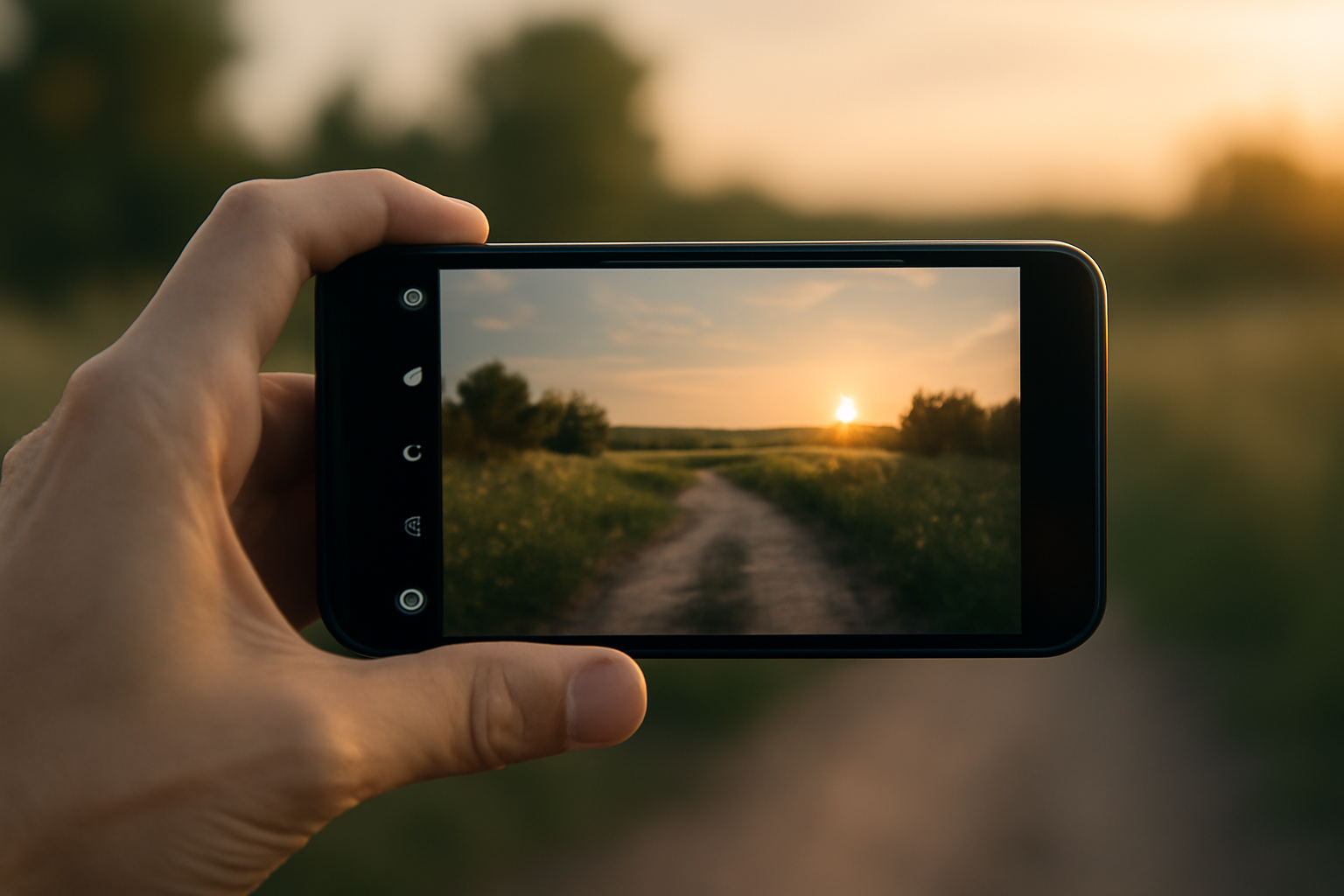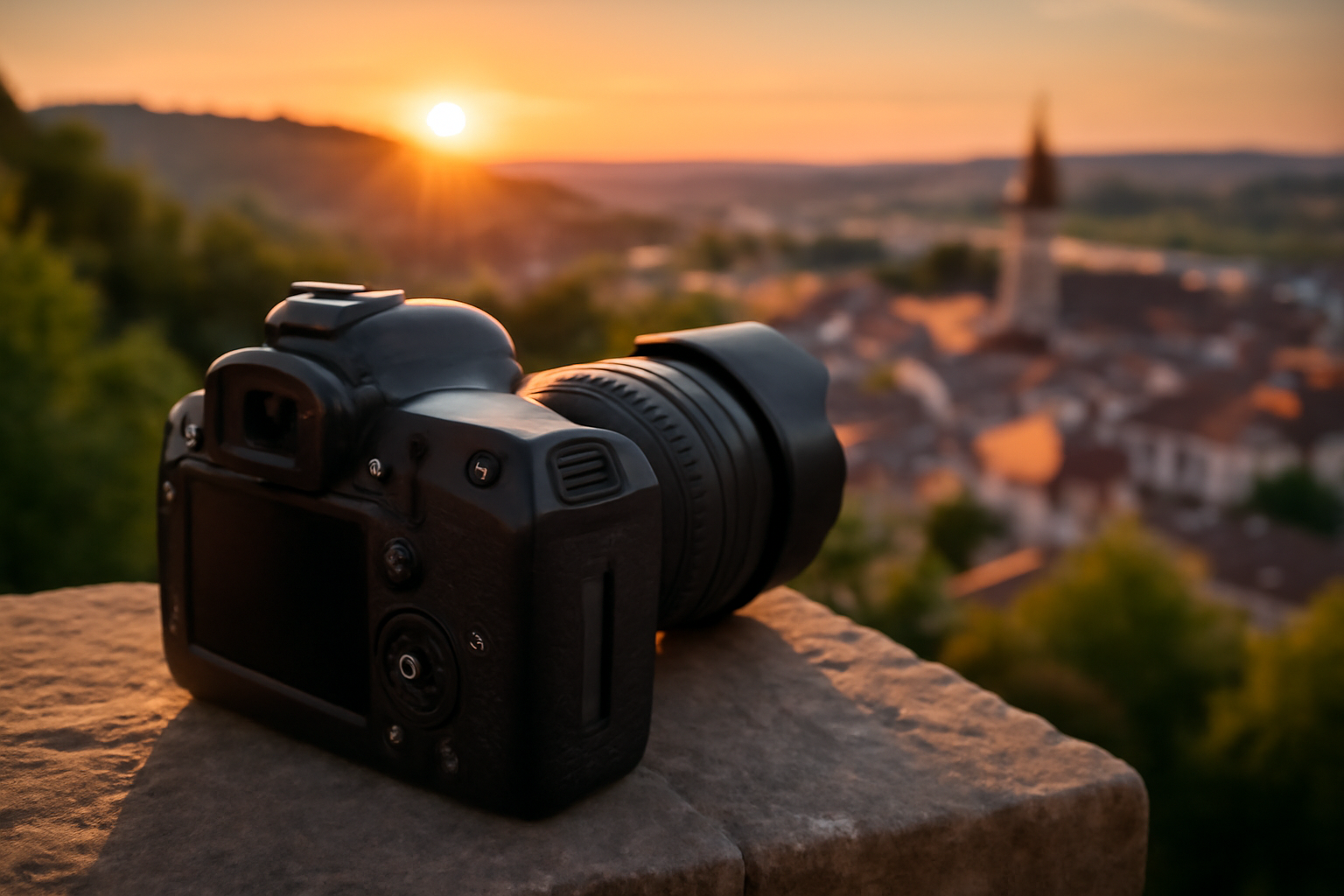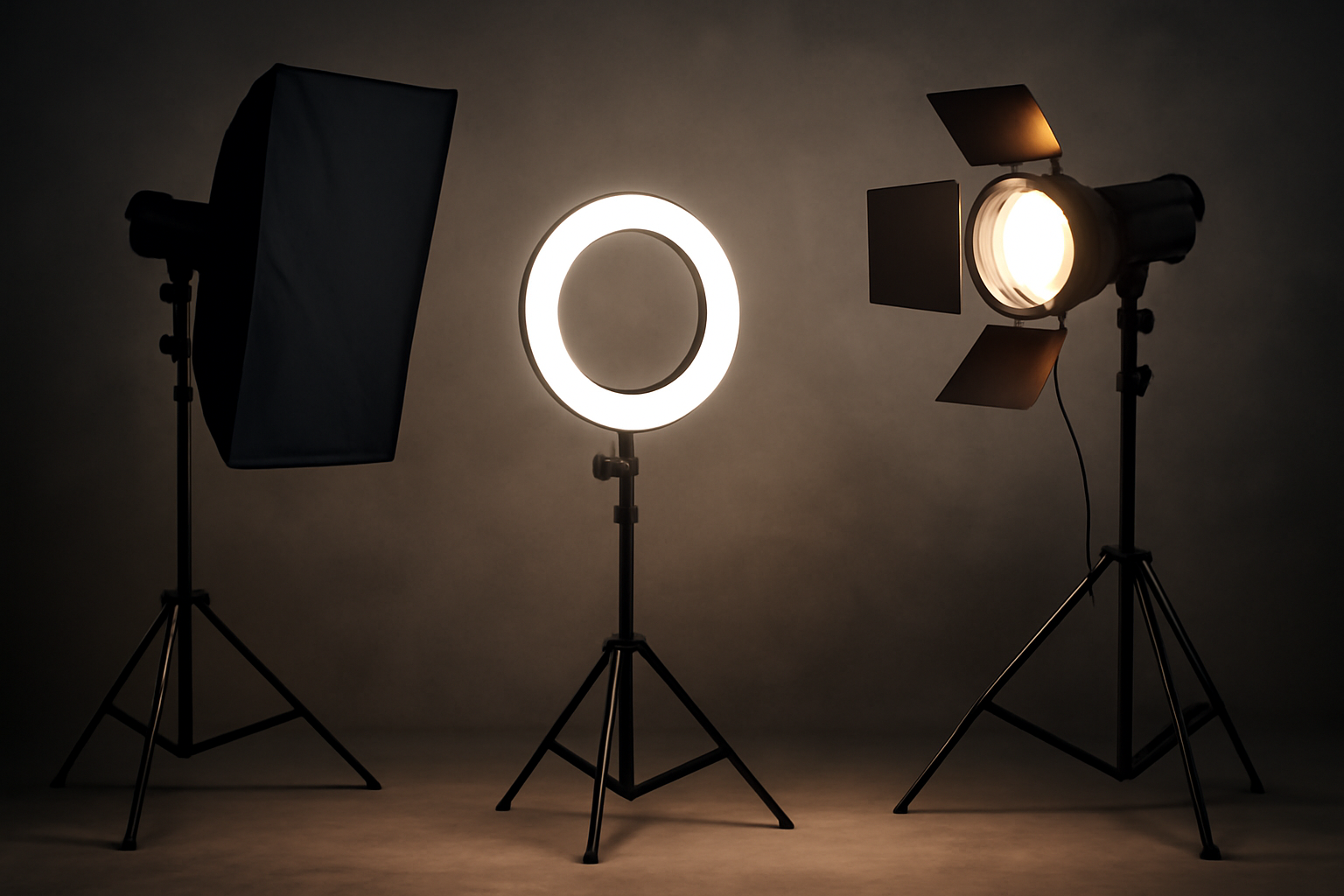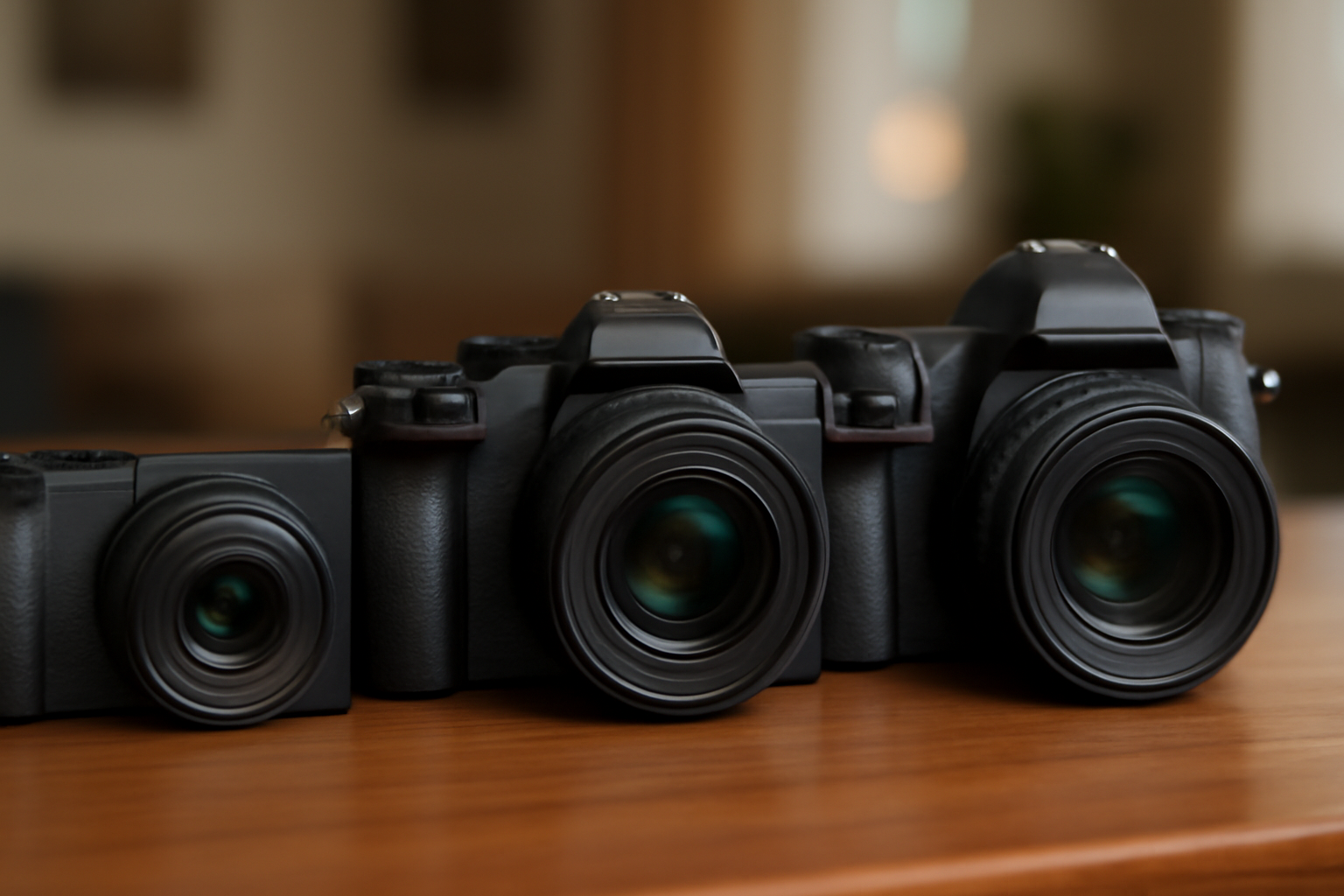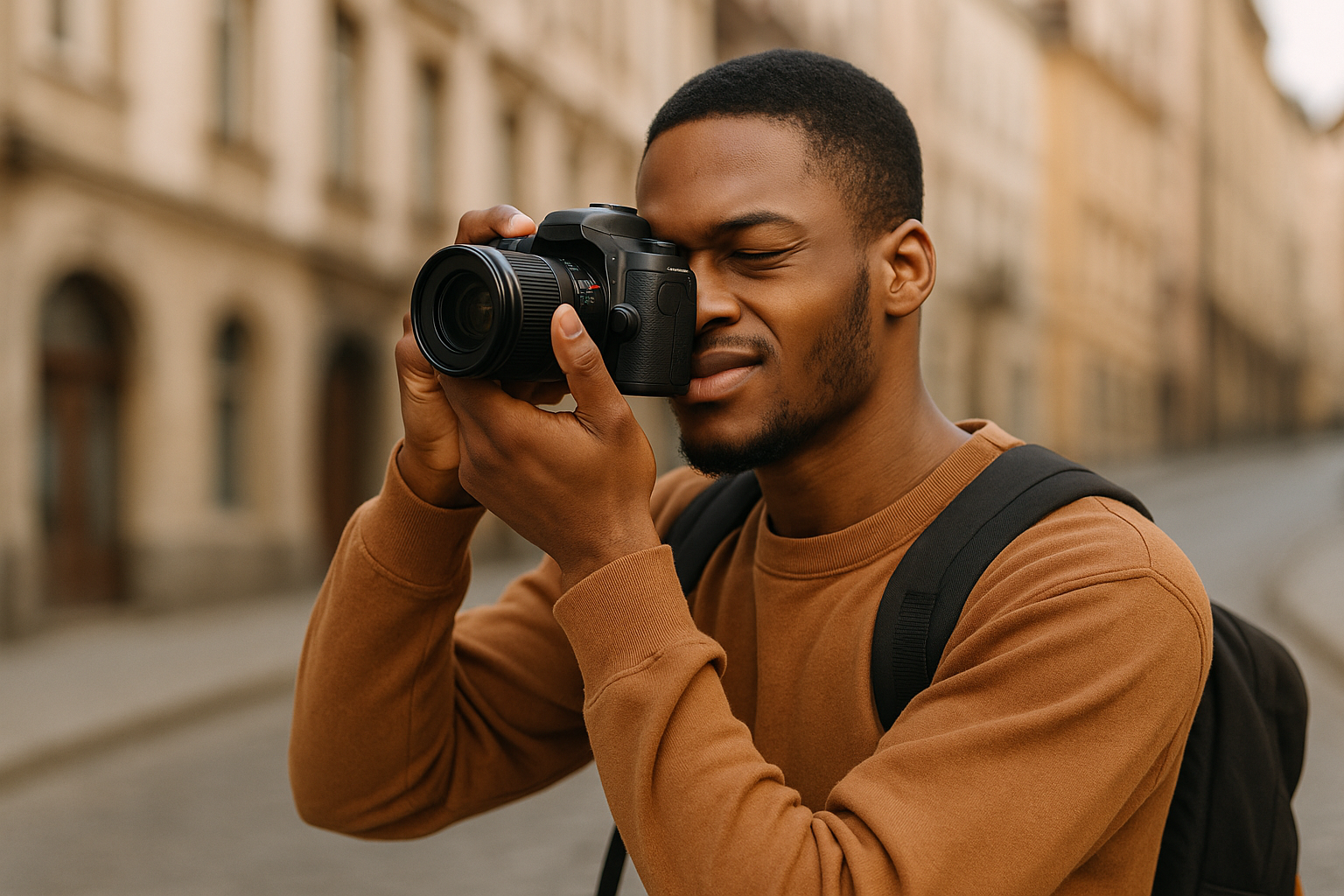Photography is more than snapping a souvenir—it’s creating a memorable visual story that travelers connect with. Whether you use a phone or a camera, great product photography can bring your tourism-related items—like handcrafted magnets or local crafts—to life and ultimately inspire online buyers.
This guide offers practical, applicable tips with authentic context, enriched by real-world examples. You’ll discover how to capture and present products with confidence, whether you’re just starting out or looking to upgrade your skills.
Let’s explore how thoughtful staging, intelligent lighting, and storytelling through imagery can elevate your online listings… and maybe even transport your customer to the place where the product was born.
Know Your Audience — Infuse Local Charm
To connect, let the product speak the language of its origin. Your target includes both curious newbies and discerning shoppers; let the visuals bridge that gap.
Tourists may be drawn to images featuring vibrant, culturally inspired props—like a handcrafted ceramic bowl displayed atop a colorful picnic cloth with local patterns. These types of visual cues transport the viewer directly into the cultural richness of the destination, allowing them to imagine the product as part of their travel story.
Locals, on the other hand, might value craftsmanship and authenticity. Highlight texture and fine details in a clean, crisp setup, showing that what they’re seeing is more than a trinket—it’s a piece of skilled artistry.
Understanding these subtle differences can make or break a product listing. If you’re unsure, consider who your primary buyer is and build the visual experience around what resonates most deeply with them.
Set Up with Simplicity and Story
Natural light is your best friend. Position your subject near a window with soft, indirect daylight—that gentle diffused glow brings out textures and maintains a warm, inviting feel. Early morning or late afternoon light is particularly flattering, offering a natural golden tone that enhances earthy products like wood, fabric, and ceramics.
If shadows are too harsh, use a simple bounce card—or even white foam board—to soften the contrast. This fills the shadows while keeping the light even and flattering. You can create a mini home studio using a small table, window light, a white wall or curtain as a background, and inexpensive reflectors.
Choose backgrounds that complement rather than compete. A rustic wooden board or local textile creates atmosphere and quietly cues the product’s travel origin. Avoid visual distractions that pull focus from your subject. Simplicity doesn’t mean boring—it means intentional.
Props matter, but they should tell a story. If you’re photographing a beachside souvenir, adding seashells or a snippet of a sandy towel can enhance the vibe. For a mountain-inspired item, use natural elements like pinecones, maps, or hiking gear. The setting should evoke a place and an emotion.
Use textures to add depth. Place your product on rough stone, linen, wood, or other tactile surfaces to make the photo feel tangible and immersive.
Gear Doesn’t Define the Shot
You don’t need a fancy camera. Modern smartphones can deliver stunning results—especially when paired with simple accessories like a tripod or macro lens. Most phones now include portrait and pro modes that allow for manual control of exposure, ISO, and white balance.
If you opt for a DSLR or mirrorless camera, consider:
- A 50 mm f/1.8 prime lens for elegance and background blur.
- A macro lens for fine detail in small items, like jewelry or miniatures.
- Use manual settings to control aperture and shutter speed—this gives you the power to shape the light and depth exactly how you want.
No matter your gear, consistency is key. Support your camera on a stable surface or tripod to ensure steady, repeatable frames. Avoid mixing different camera styles or lenses for the same product listing—it can create a jarring experience for buyers.
Remember to clean your lens before every session—whether it’s on your phone or your camera. Smudges and dust can ruin otherwise perfect shots.
Don’t forget to lock focus and adjust exposure before shooting—especially on smartphones. Tapping your screen to focus and sliding to adjust brightness can drastically improve the outcome.
Craft Composition with Intention
Creative framing helps your product stand out and provides visual interest:
- Apply the rule of thirds to guide the viewer’s eye naturally toward the product.
- Use leading lines to direct attention, such as edges of a map, ropes, or travel guides.
- Frame your subject with contextual items like postcards, vintage tickets, or travel notebooks to enhance storytelling.
Show scale: include a hand, a coin, or a familiar object like a cup or sunglasses to give context to the product’s size. It avoids surprises and increases trust.
Rotate between angles—top-down for layout-focused shots, flat-lay for detail and shape, or angled side views for depth and texture. Practice each to learn what works best for your specific product type.
Don’t forget the detail shots—close-ups of stitching, material texture, or craftsmanship. They’re especially important for handmade or artisanal items.
Try using negative space to isolate your product and let it breathe visually. A clean background with ample spacing can emphasize elegance and simplicity.
Bring the Scene to Life
Stage your product in a way that carries emotional weight. Ask yourself: what lifestyle does this item belong to?
- A framed souvenir of a coastal town could sit beside a sea glass collection and a softly blurred seascape in the background.
- A local postcard can be resting against an open travel journal—inviting the viewer into a personal moment.
Lifestyle context makes the product feel personal, evocative, and ready to belong in someone else’s story. This is especially impactful in tourism, where emotion drives many purchasing decisions.
When possible, include human elements. A hand holding the item, a shadow of a person writing in a travel journal—these subtle cues help viewers see themselves using or enjoying the product.
Use movement sparingly. A scarf fluttering slightly, a candle flickering beside a travel memento—these dynamic details add life without overwhelming the focus.
Edit with Care—Grant Authenticity
After the shoot, subtle editing enhances without deceiving. Your goal is to improve, not mislead:
- Adjust brightness to match the natural lighting tone.
- Balance contrast to bring out texture without making the photo look unnatural.
- Modify white balance to ensure colors reflect the real-life product accurately.
Avoid over-saturation—authenticity is your secret weapon. When a customer receives a product that looks exactly like the photo, trust grows.
Editing tools like Snapseed, Lightroom Mobile, VSCO, or even Photoshop Express offer great control for beginners. Batch editing can also help you maintain consistency across a series of images.
Use editing to crop distractions, straighten horizons, and enhance focus. Always preview the final result on different screens to ensure it looks good across devices.
Apply subtle sharpening to enhance textures but avoid going overboard. Too much sharpness can create unnatural edges, especially on fabric or reflective surfaces.
Optimize for Online Platforms
To ensure fast loading and clear detail:
- Save as JPEG for general use, or PNG if transparency is required.
- Resize for web—usually around 1200–1800 px on the longest side.
- Use descriptive file names (e.g., “handcrafted-wooden-bowl-italy.jpg”) to help with SEO.
- Compress files using free tools to keep them light without losing quality.
Also, maintain consistency in aspect ratio—square, vertical, or landscape. Choose one format and stick with it across your listings for a polished look.
Alt-text and captions can also enhance accessibility and SEO. Describe the product and setting briefly and accurately.
Create a style guide for your product photography that includes preferred colors, lighting style, and composition patterns. This speeds up production and builds visual brand identity.
Test, Learn, and Iterate
Experimentation yields growth. Photography is both an art and a science—learn by doing:
- A/B test using two different background themes or angles to see which converts better.
- Solicit feedback from friends, family, or even past customers: “Does this image feel more ‘authentic’ or ‘vibrant’ to you?”
- Refine your style as you grow your photography skills and expand your product line.
Keep a swipe file—a collection of product photos you love. Use it as inspiration and challenge yourself to match that quality or storytelling power.
Analyze your website or shop analytics. Which photos get the most engagement or lead to more sales? Use that data to improve your future shoots.
Never stop learning. Join photography groups, take short online courses, or follow photographers who specialize in tourism products to stay inspired and informed.
Summary of Key Insights
Every winning shot combines storytelling with simplicity:
- Use natural light and simple reflectors.
- Choose props and backgrounds that evoke travel mood.
- Leverage your existing gear, even your phone—steadiness matters.
- Compose intentionally, showing scale, detail, and setting.
- Edit gently to preserve authenticity.
- Format for the web while maintaining quality.
- Keep testing and refining based on real feedback.
- Always think like a traveler—what would catch your eye if you were browsing from across the world?
- Build a photography workflow that fits your routine and brand tone.
Let Your Creativity Lead
Now, let your creative journey begin! Embrace the playful curiosity of a traveler and the discernment of a craftsman as you capture your products. Remember: authenticity, visual narrative, and a touch of local magic are what make your photos irresistible.
With each shot, you’re not just selling an item—you’re inviting someone into an experience. Go seize that moment with confidence and enthusiasm, and watch your product stories come alive.
Let your lens become the gateway to distant places, and your images the invitation for others to explore them—one purchase at a time.
